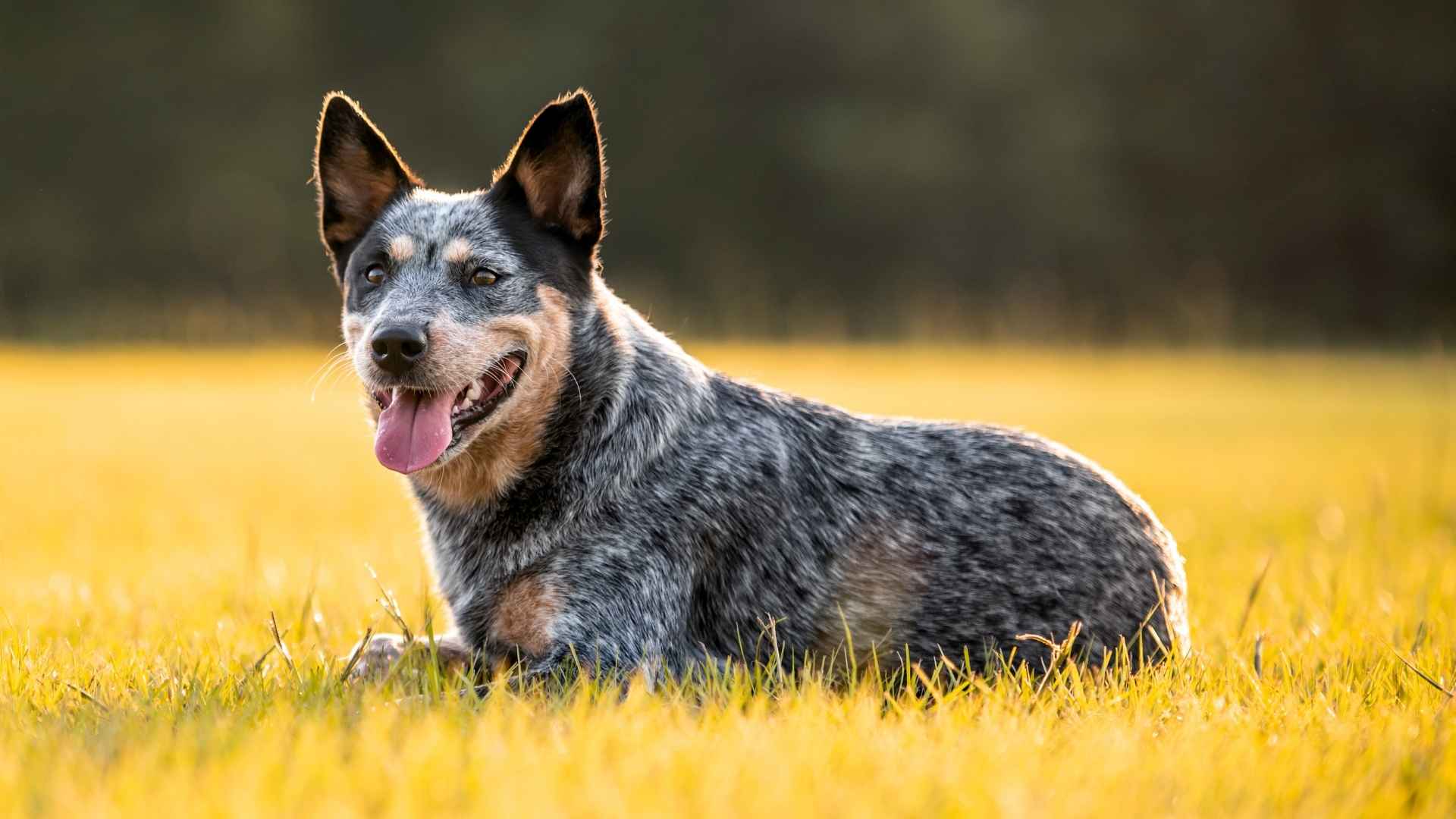As the saying goes, “An ounce of prevention is worth a pound of cure.” That’s especially true when choosing a dog.
Some breeds are born with fewer problems to begin with—and that’s a blessing. Health issues can take a toll on everyone: your dog, your time, your budget, and your heart. While all dogs need love and care, some come into the world naturally more resilient.
They age with grace, handle exercise well, and rarely require complex treatments. These aren’t just lucky exceptions—they’re breeds that have been praised for decades for their strong health profiles.
If you’re looking for a companion who brings happiness without the frequent hospital visits, you’re not alone. This guide highlights dog breeds that are known for longevity, minimal medical needs, and an overall reputation for good health.
Least Health Problems Dog Breeds
1. Australian Cattle Dog
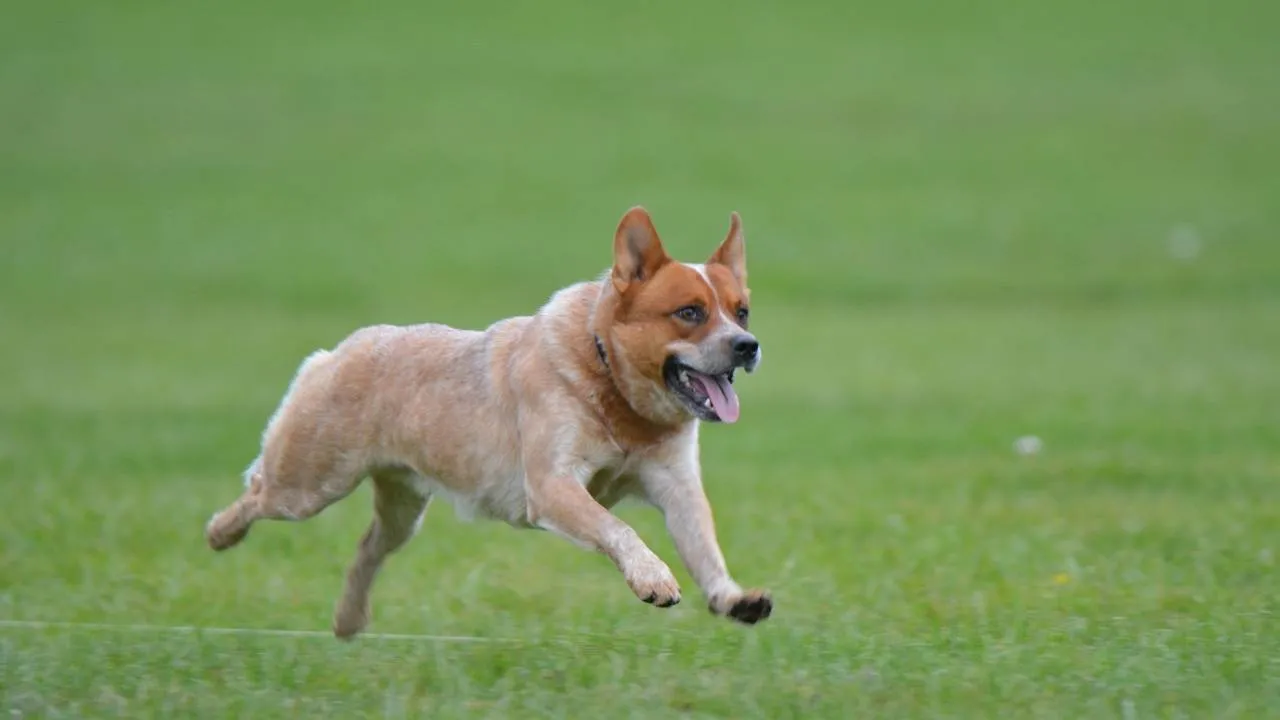
Bred from hardy working dogs and even crossed with the wild dingo, the Australian Cattle Dog developed a resilient structure built for durability. Veterinary records consistently highlight them as one of the healthiest medium-sized dogs.
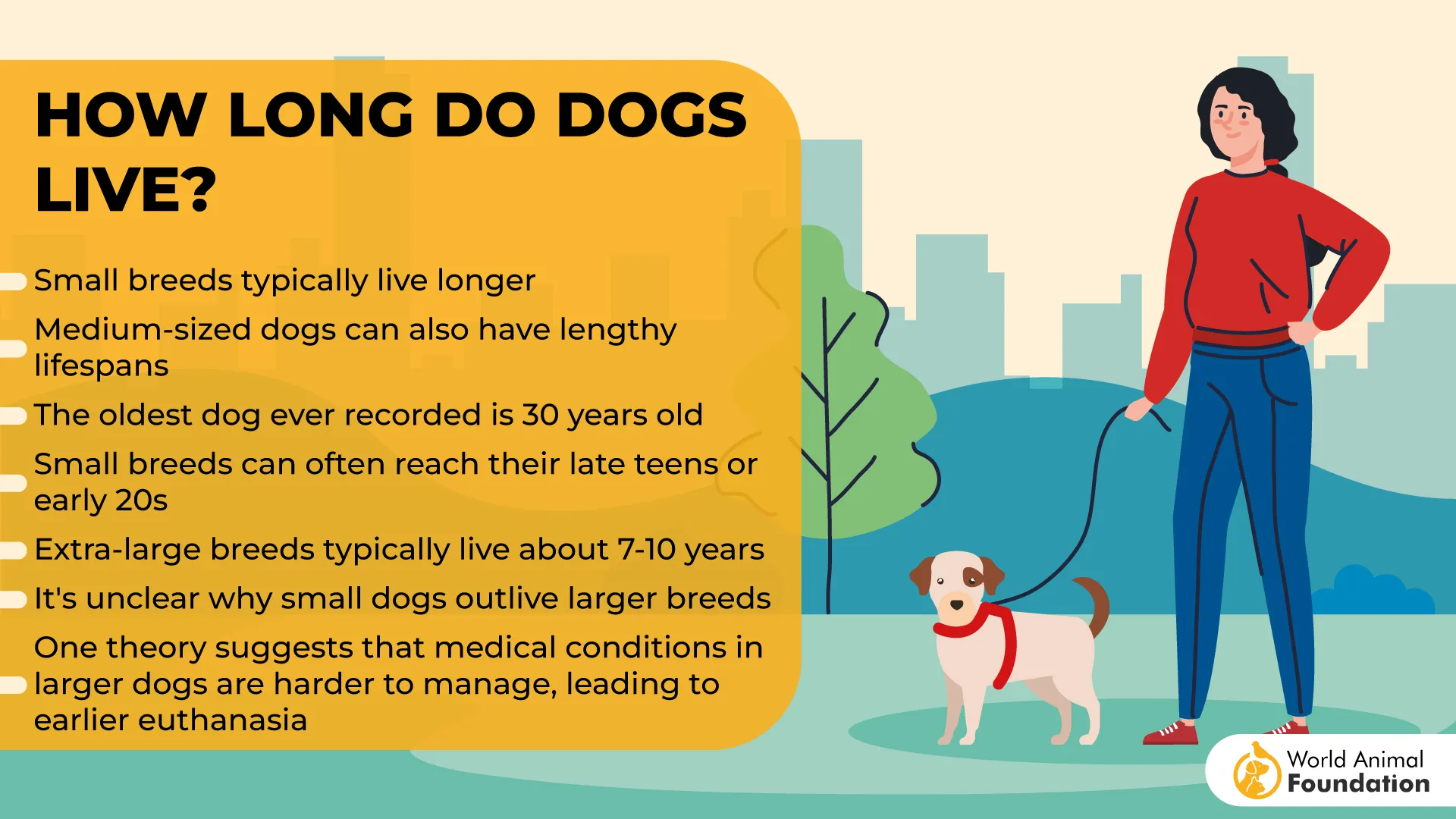
Exceptional Physical Longevity
They often remain fully active even into their teens, still participating in daily routines without slowing down. Cases of these dogs reaching 16–18 years with minimal medical intervention are not rare. Their aging process is unusually graceful compared to other working breeds.

Mental Sharpness Maintained
With high responsiveness to cues and excellent memory retention, they’re an intelligent breed that doesn’t mentally decline early. Problem-solving comes naturally to them, whether it’s handling gates or navigating complex terrain. Consistent mental activity only strengthens this cognitive endurance.
A Unique Genetic Marker
The Australian Cattle Dog is the only dog breed known to hold a Guinness World Record for the longest-living dog—Bluey, who lived 29 years and 5 months. That longevity isn’t a fluke but a reflection of the breed’s genetic robustness and minimal predisposition to chronic illness.
2. Greyhound
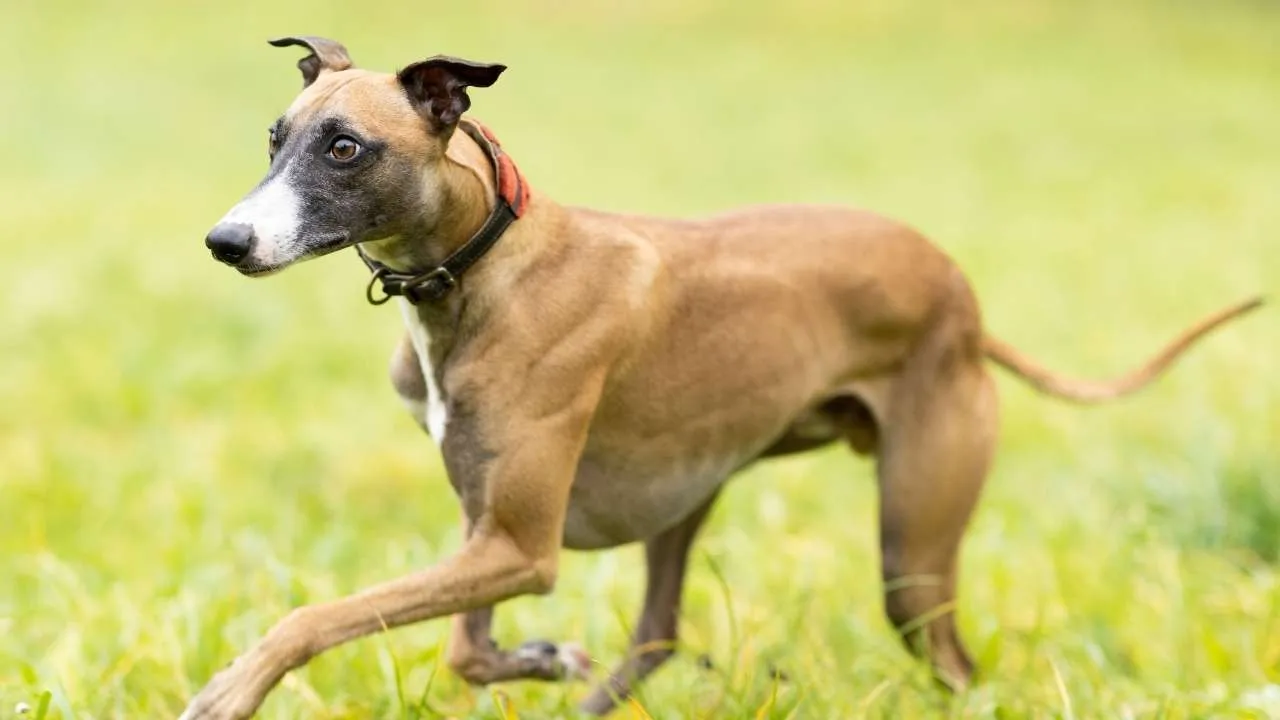
Greyhounds have a slim, aerodynamic frame that places minimal stress on their joints and internal systems, as per Oxford Stadium. Their light body weight supports easy movement across various terrains. That physical efficiency contributes to their reputation for aging smoothly.
Stable Breeding Background
As one of the most selectively bred racing dogs, their lines have remained tightly managed for physical soundness. This long-term refinement has made them a rare case among purebred dogs with consistently solid structure. Reliable breeders continue to prioritize overall vitality.

Low-Maintenance Wellness Needs
Greyhounds typically do well on simple routines and basic preventive care. Their coat, diet, and grooming needs are manageable for most owners. When kept active and lean, they stay dog healthy with minimal complications throughout adulthood.
Respected Longevity Record
Known for living well into their senior years while remaining active, Greyhounds are often included among the healthiest dogs in veterinary comparisons. Their calm indoor nature complements a strong physical foundation that rarely demands intensive upkeep.
3. Poodle
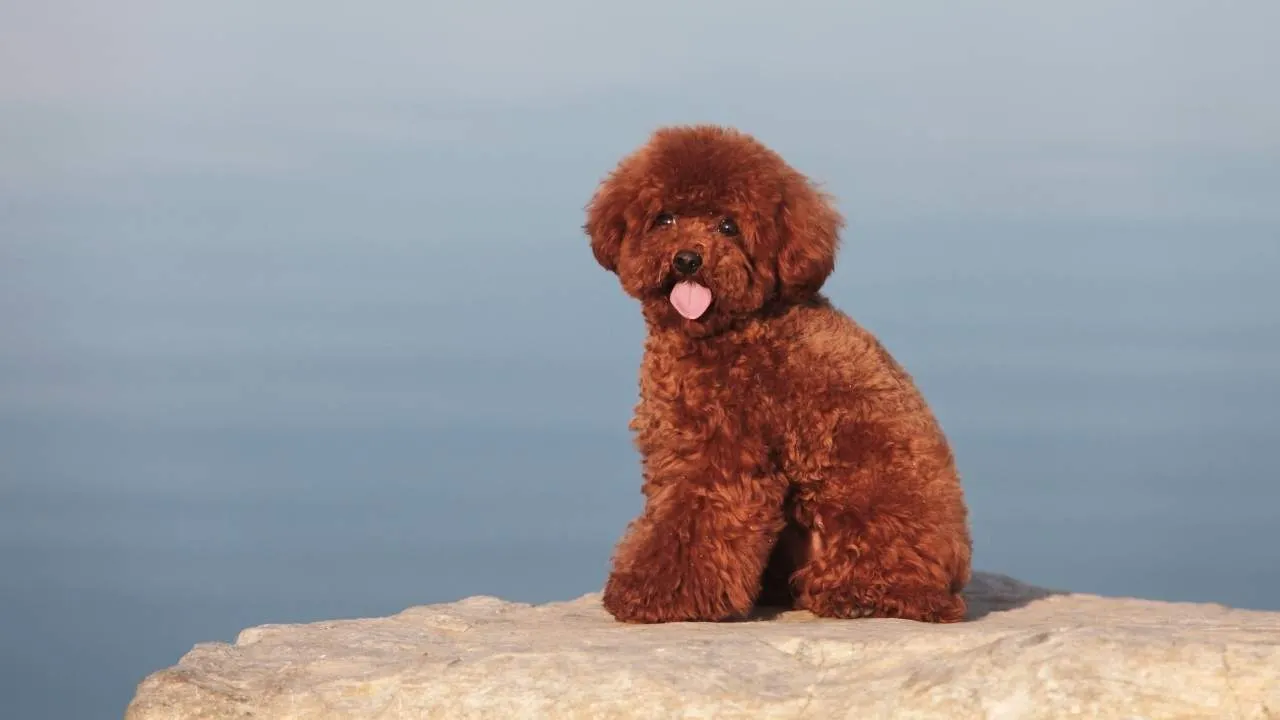
Poodles have a naturally upright posture and efficient gait that supports long-term joint and muscle health. This body alignment contributes to smooth movement throughout their life. It also reduces wear that often causes complications in other breeds.
Generational Breeding Standards
The breed has long been maintained with strict criteria for conformation, temperament, and physical soundness. That consistency has helped reduce common health issues often seen in overbred lines. Reputable breeders regularly perform health screenings to preserve this standard.
Adaptability to Daily Routines
They adjust well to various routines, whether living in an apartment or a large home. As long as they get regular mental and physical stimulation, they remain balanced and alert. Their temperament fits well into homes that follow an active lifestyle.
A Favorite Among Dedicated Owners
Pet parents value the Poodle’s intelligence and low-maintenance grooming cycle when kept trimmed. The breed’s responsiveness to training and attention to cues also helps build strong daily habits. This keeps the dog and owner in sync without constant corrections.
4. Havanese
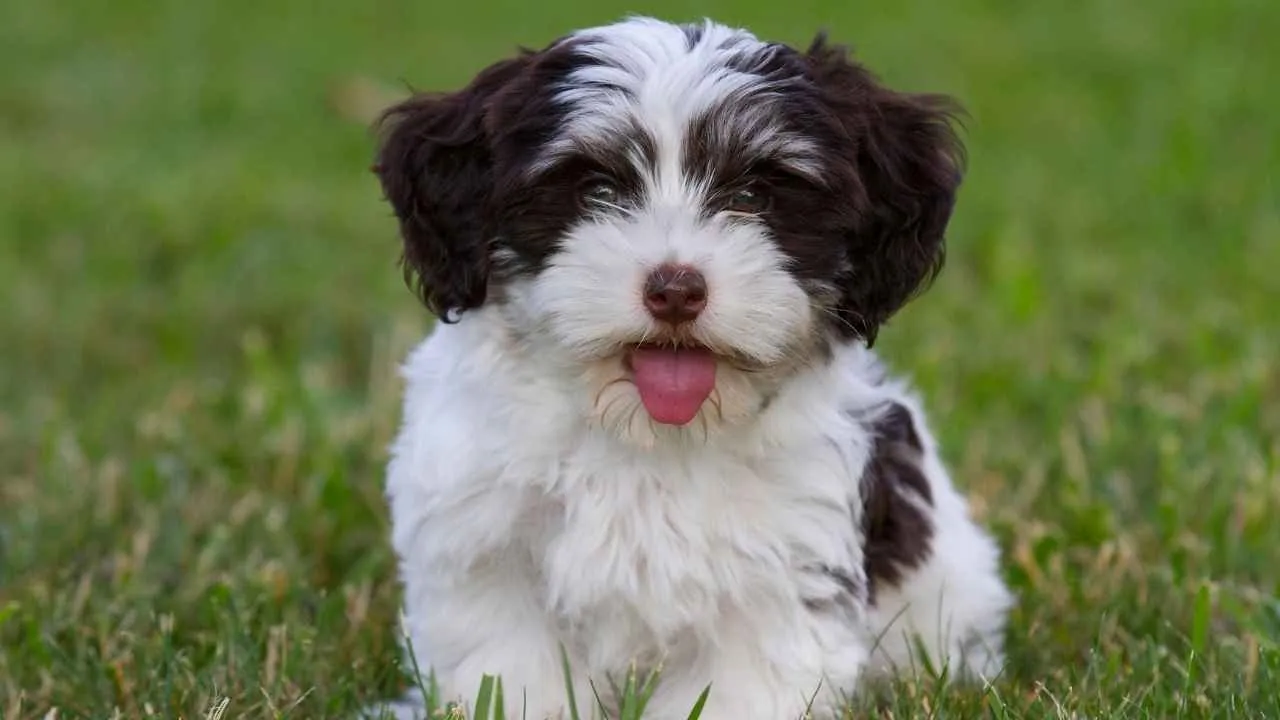
Havanese have a compact but sturdy structure that supports agility without placing stress on joints. Their movement remains fluid indoors and out, making them comfortable companions in both urban and rural settings. This balance plays a role in their long-term wellness.
Purposeful Genetic Selection
They were originally bred as companion dogs for the Cuban aristocracy, valued for both their temperament and resilience, as per PetPetin. This historical role led to careful breeding for hardiness rather than just looks. As a result, their health profile has remained relatively stable over generations.
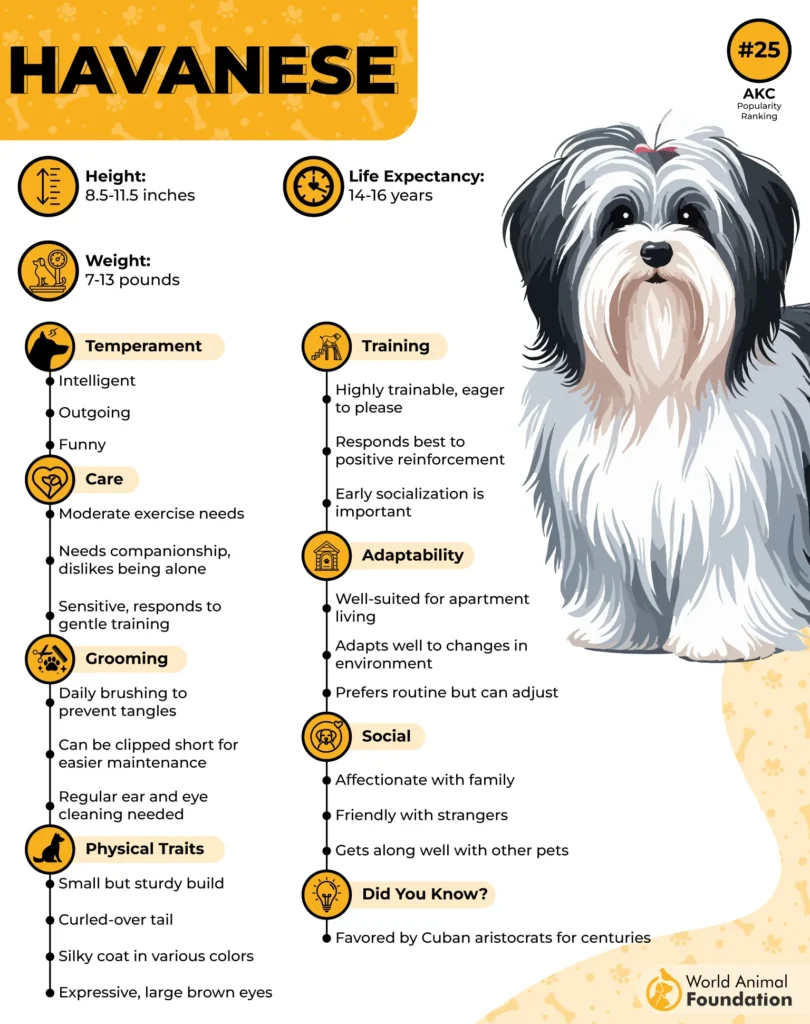
Routine That Supports Health
The breed does well with daily walks, moderate play, and a proper diet suited to its size and energy level. Their coat care requires consistency but not complexity. When their routine includes basic movement and care, they maintain their condition with ease.
Consistent Aging Pattern
The average lifespan of a Havanese typically ranges from 14 to 16 years, with many reaching their senior years in good shape. Owners often report alertness and mobility lasting well into the later stages of life. This longevity is backed by their steady constitution.
5. Siberian Husky

The Siberian Husky’s body is built for long-distance endurance across cold climates. Their efficient stride and compact muscle structure support smooth, sustained movement. This physical design allows them to remain active with minimal physical wear over time.
Naturally Resilient Lineage
Developed by the Chukchi people for sled pulling, they descend from dogs selected specifically for hardiness and stamina. That long history has contributed to a remarkably healthy breed that adapts easily to both harsh and moderate environments.
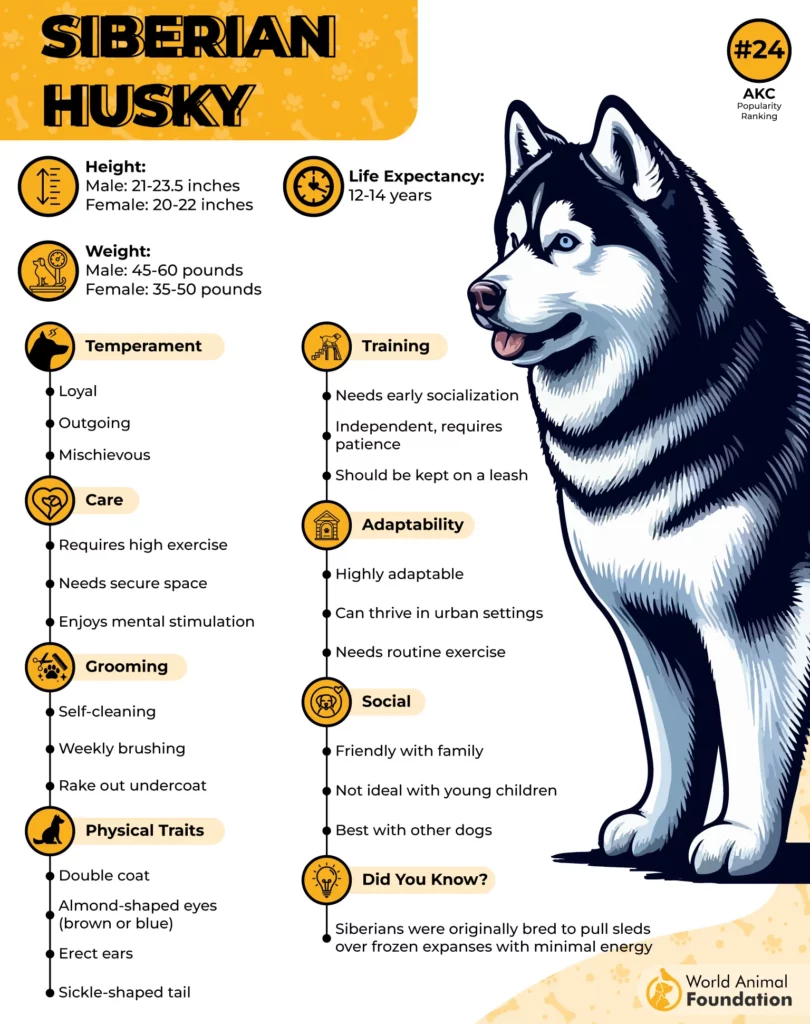
Balanced Care Requirements
With a controlled diet and consistent activity, Huskies typically maintain an ideal weight without excess food. Their metabolism is efficient, and they often need less food than other breeds of similar size. Owners value their easy-to-maintain lifestyle when routines are kept steady.
Sharp Mind and Focus
This breed thrives when given tasks that challenge their intelligence, such as tracking games or outdoor obstacle paths. Without regular mental stimulation, they can become bored and restless. Structured play keeps their behavior sharp and their energy channeled productively.
6. Border Collie
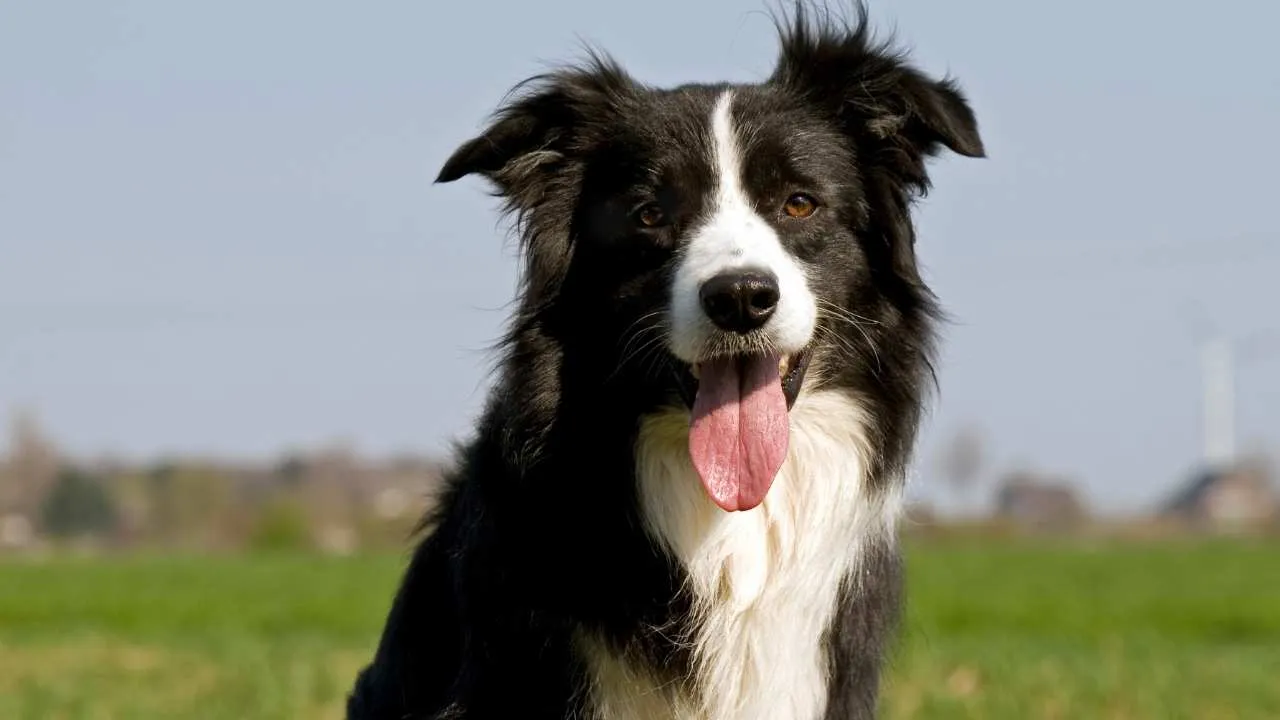
Border Collies are structurally agile, with a lightweight frame designed for stamina and control. Their movement remains fluid well into maturity, especially with consistent care. This natural athleticism reduces wear and tear from repetitive activity.
Stable Behavior With Routine
Daily routines that combine tasks and interaction bring out their most balanced temperament. Their drive softens when they’re mentally fulfilled through varied engagement. Long-term well-being starts with strong habits around physical and mental stimulation.
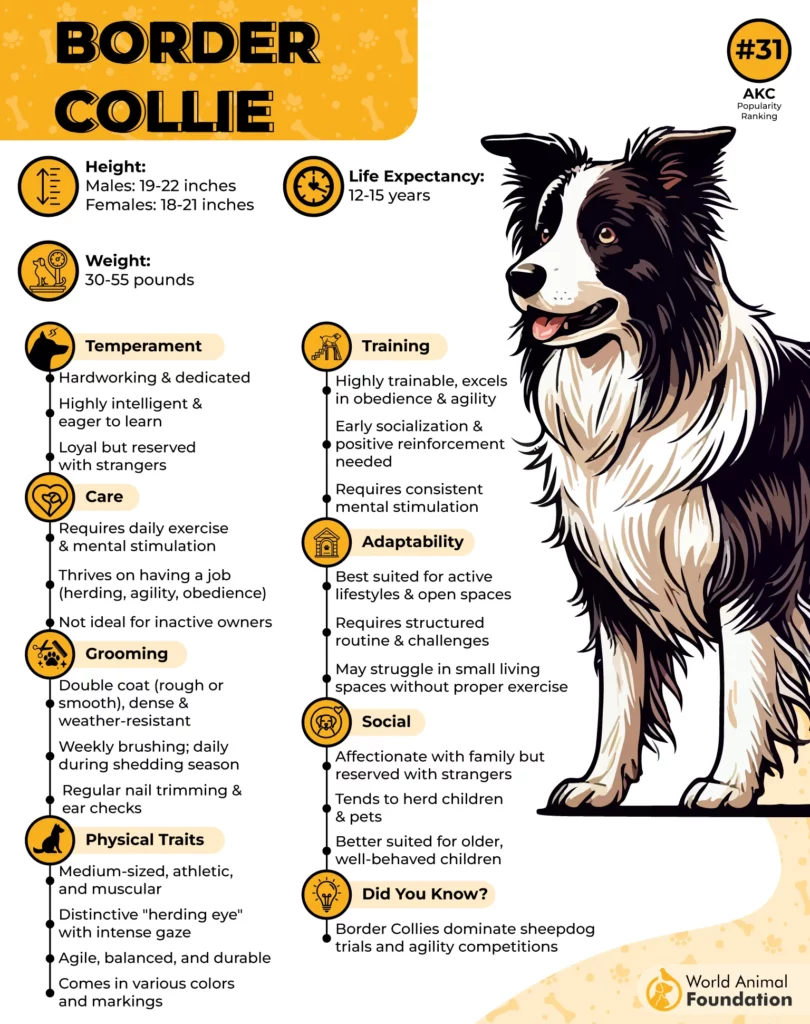
Reliable With the Right Match
They often form strong bonds with active households that include children or other pets. Their responsiveness and predictability make them great family dogs when their needs are clearly understood. It’s the structure, not chaos, that helps them thrive.
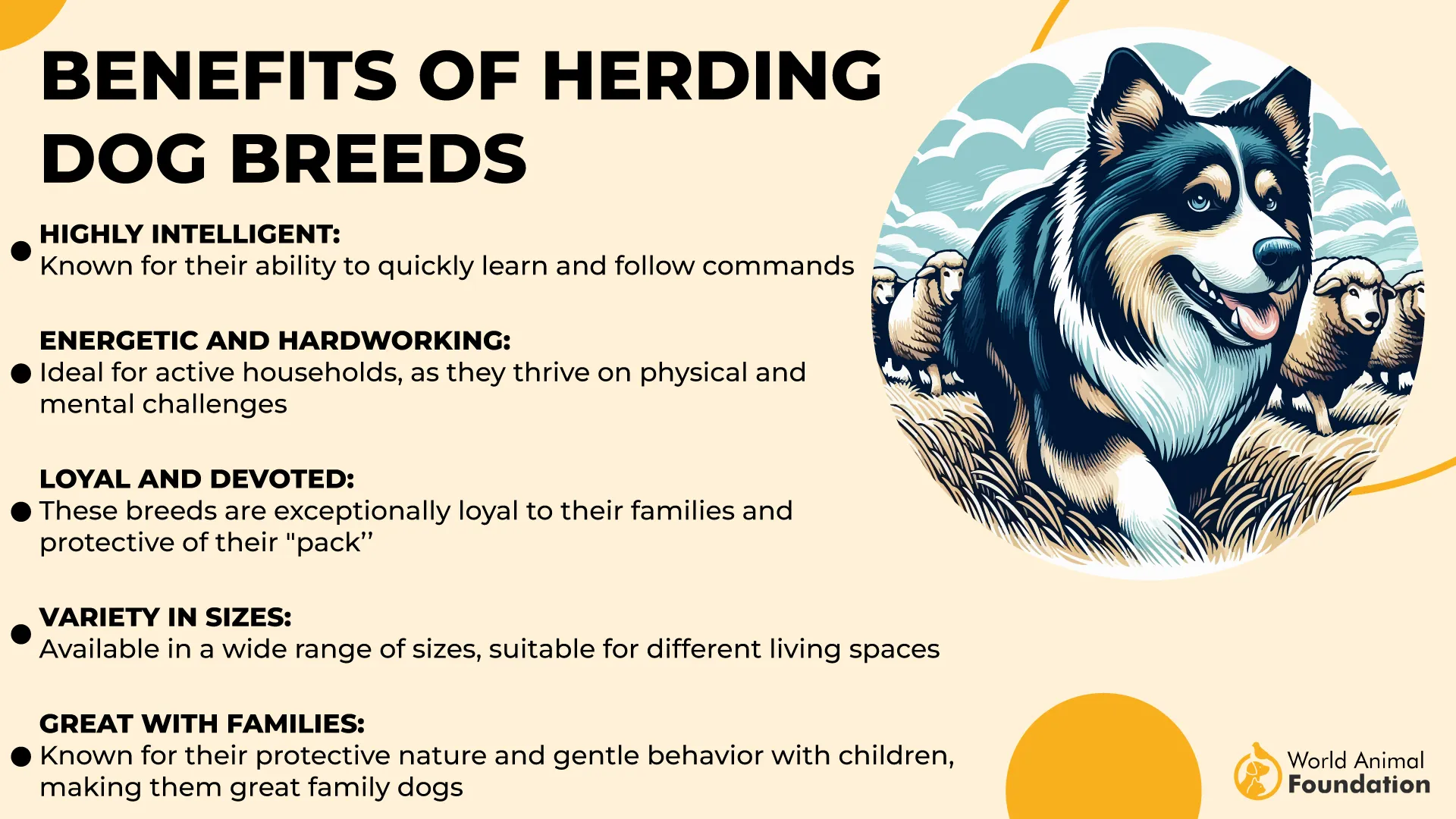
Maintenance That Stays Simple
With clean nutrition, regular movement, and low grooming needs, owners find the dog’s health easy to maintain over time. Border Collies tend to stay resilient through balanced routines rather than intensive intervention. Their lifestyle is their strength.
7. Australian Shepherd
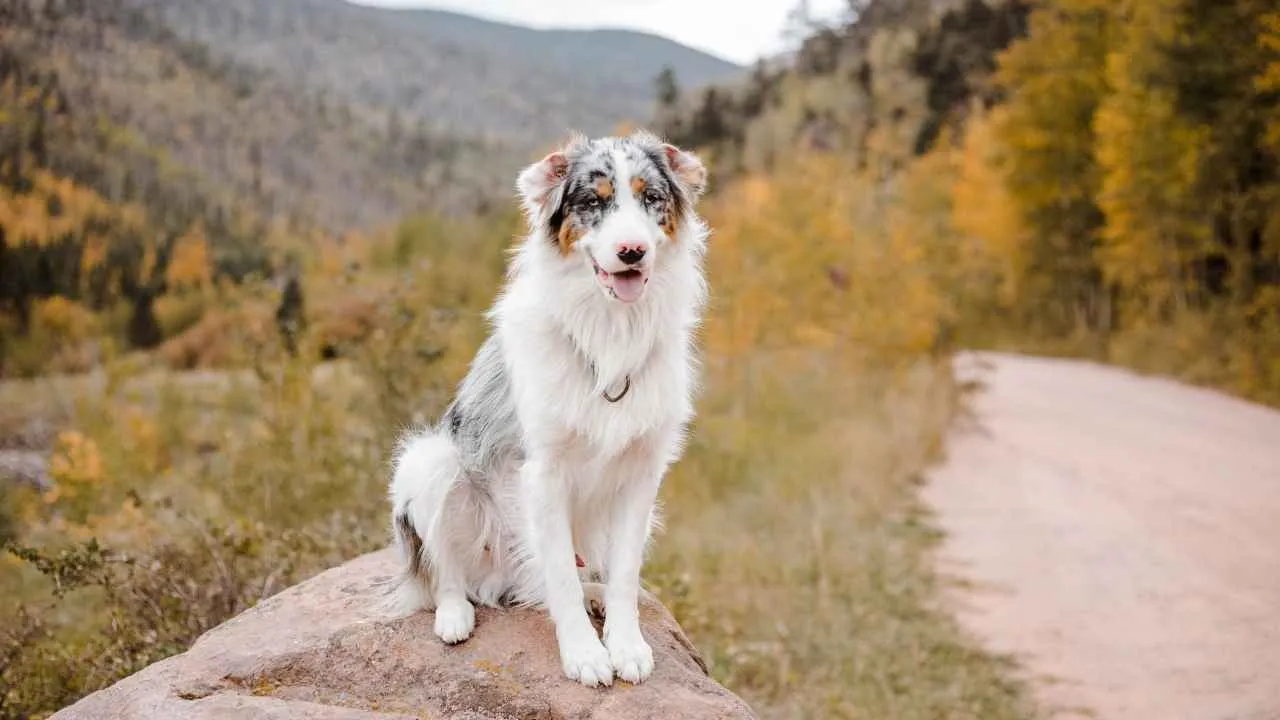
The Australian Shepherd thrives in physically and mentally engaging routines. It’s an energetic breed that benefits from structure, whether through agility work or advanced obedience. Owners who maintain active lifestyles find this compatibility effortless.
Stamina Backed by Sound Structure
Their athletic build and strong coordination help them maintain activity across varied terrain. These natural advantages reduce the strain often seen in less balanced dogs. Consistency in movement plays a large role in keeping their body responsive over time.
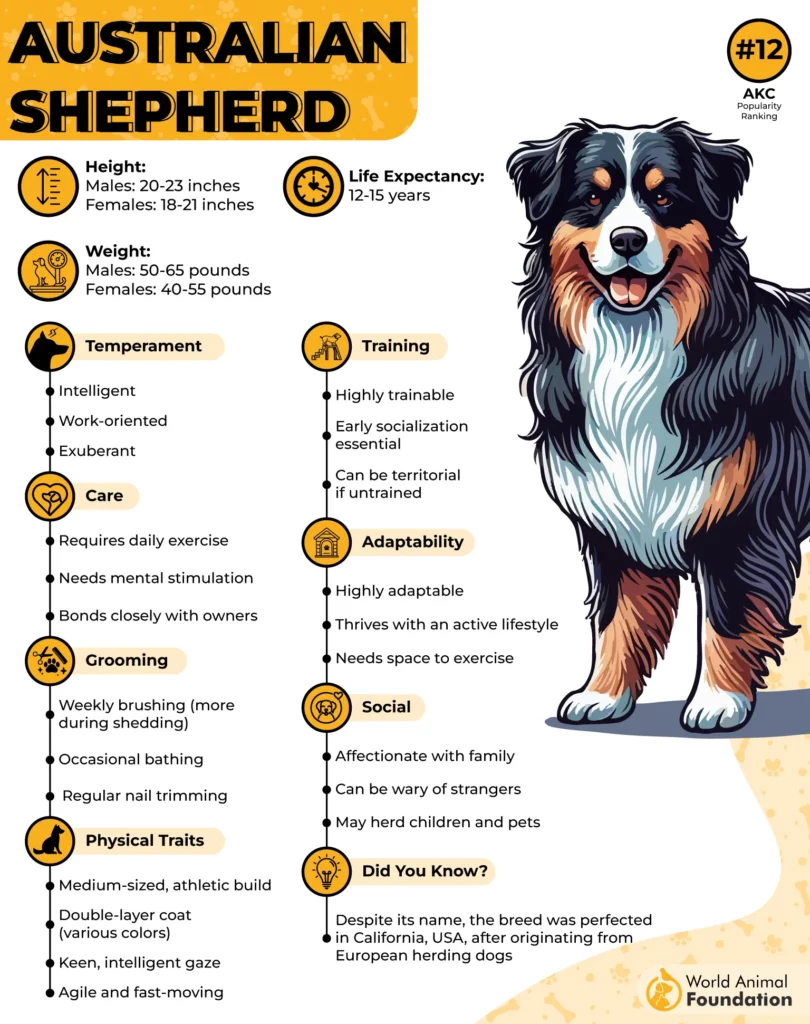
Wellness Linked to Routine
This breed responds well to consistency, quality food, meaningful engagement, and regular exercise, all support their long-term vitality. With the right conditions, they remain balanced and agile well into adulthood. Their routines tend to keep pace with their energy needs.
A Reputation for Durability
Australian Shepherds are considered generally healthy by most veterinarians and breed clubs. Responsible breeding practices continue to prioritize structure, temperament, and resilience. This focus has helped keep the population stable and thriving across different lifestyles.
8. German Shorthaired Pointer
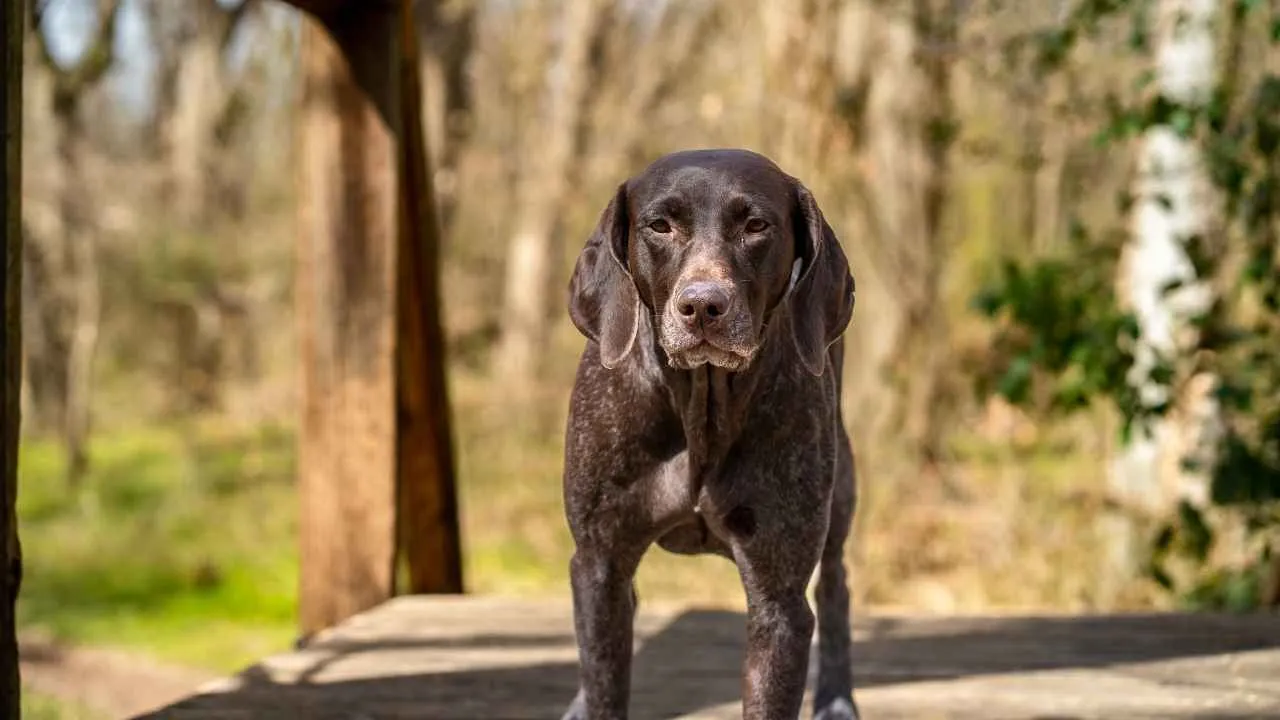
Originally developed in Germany for versatility in fieldwork, this breed excels in both land and water environments. Their muscular frame and stamina-driven build make them natural partners for physically demanding routines. This purpose still reflects in their daily energy levels.
Benefits of Active Engagement
They thrive when involved in regular exercise, hikes, or athletic play, especially with an active family that includes them in outdoor plans, as stated in PetMD. Without movement, they tend to become restless, which makes consistency important. Shared activity supports both bonding and well-being.
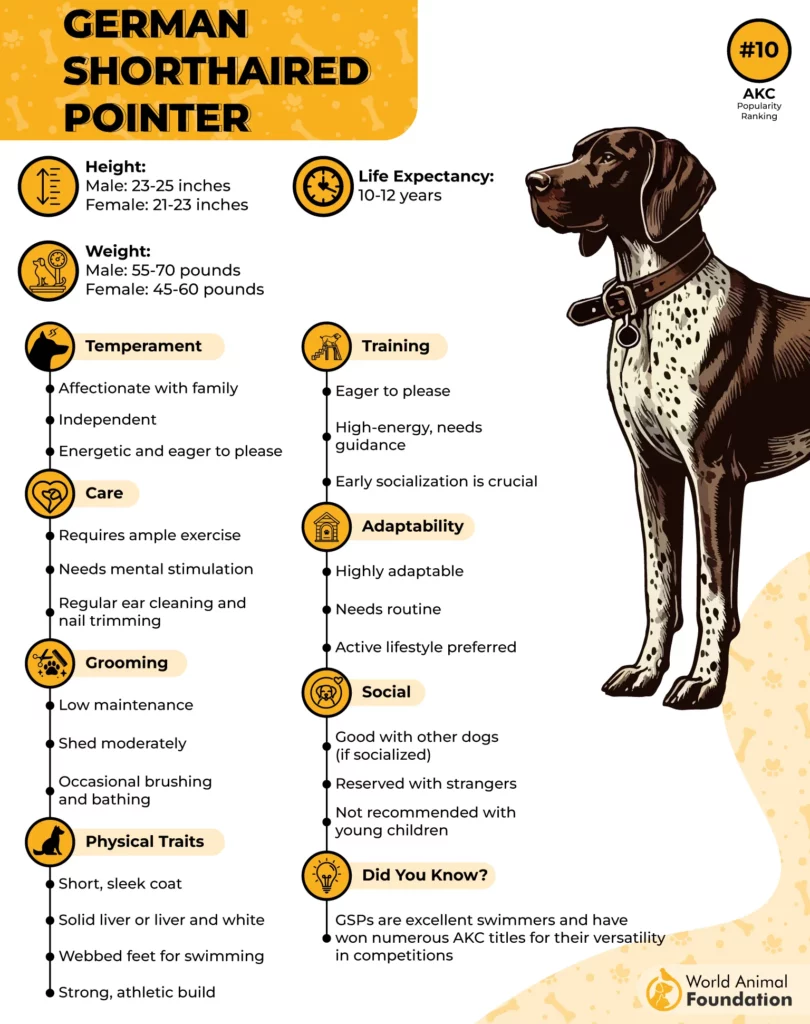
Maintained Health Through Structure
This breed does best when given clear boundaries and consistent direction from an early age. With proper training, they’re easier to manage, especially in high-stimulus environments. Predictable routines are often what help them stay healthy and focused.
Consistent Wellness Over Time
Known for their durability and balanced genetics, they tend to avoid major health conditions when well-bred and regularly exercised. Many live well beyond the typical life span for medium to large breeds, especially with preventive care and a stable lifestyle.
9. Old English Sheepdog
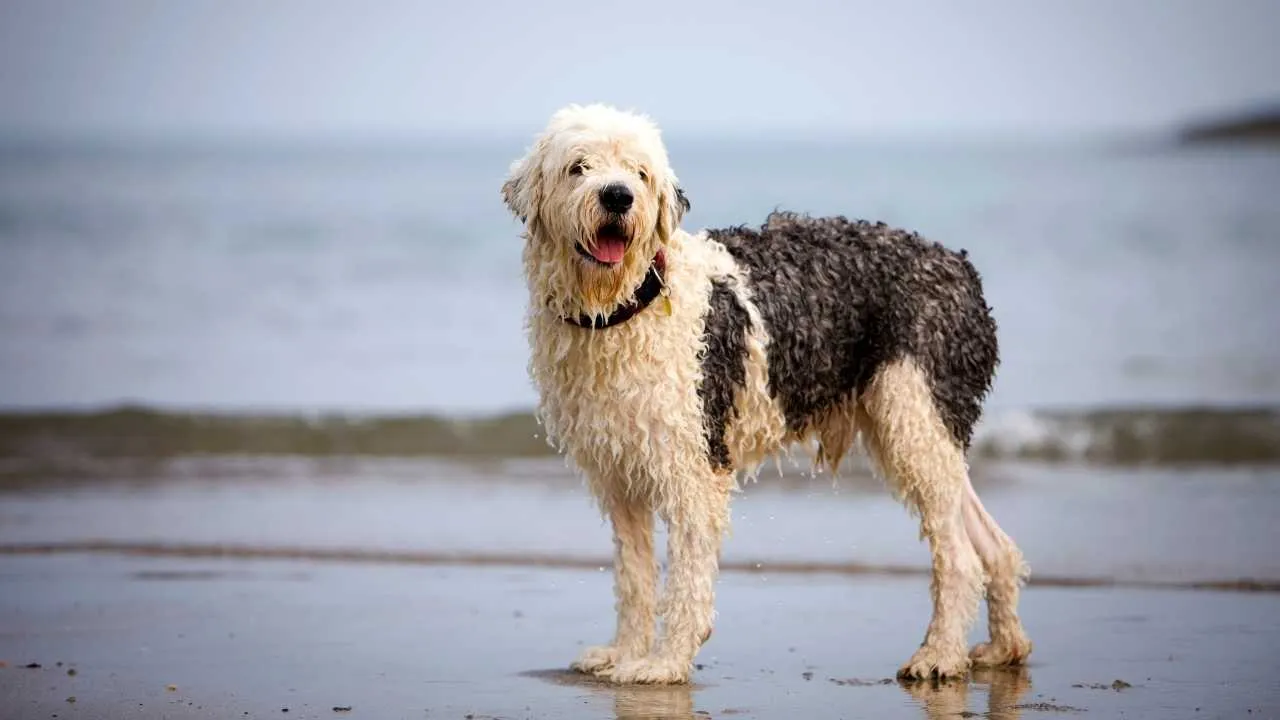
The Old English Sheepdog was originally used to drive cattle and protect farmland, developing strength and stamina through working tasks. That foundation created a breed capable of handling daily routines with ease. Their agility and balance remain consistent even with their large frame.
Strong Response to Routine
They do best when given structured movement throughout the day and time to roam. Mental stimulation paired with proper exercise helps them remain physically steady. Without a job to do, they may show restlessness or demand additional attention.
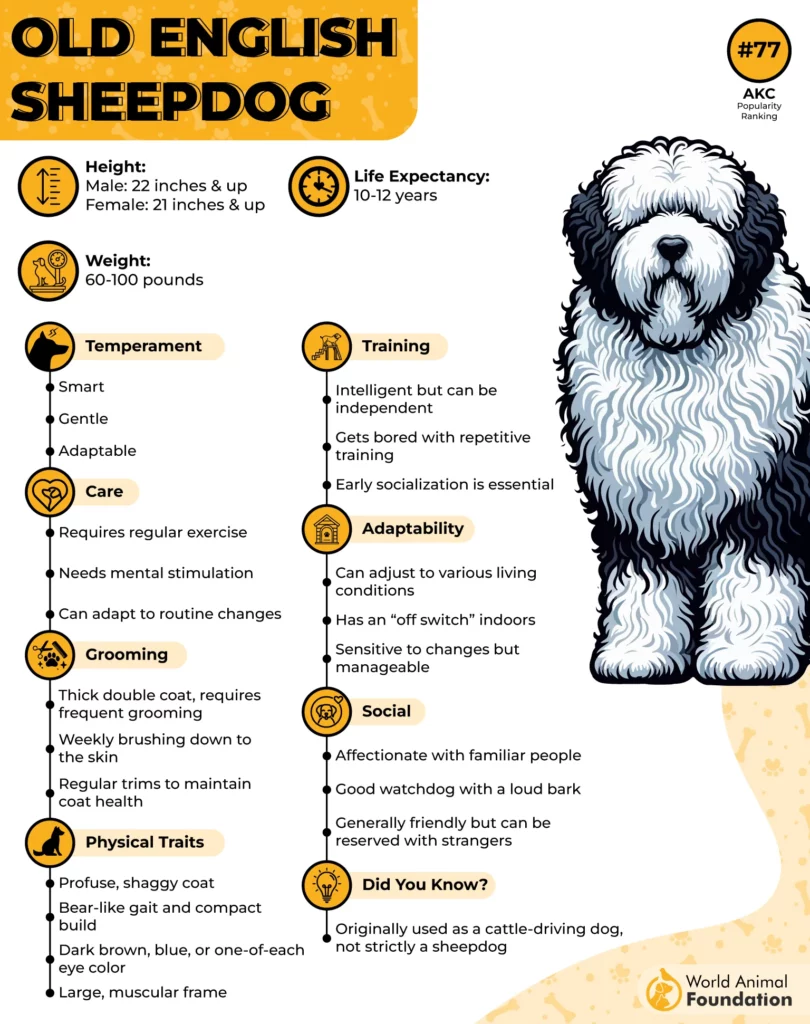
Calm Among Other Companions
When socialized early, they coexist peacefully with other dogs and adjust well to farm settings. Their relaxed energy around familiar animals makes them predictable and steady. They often mirror the behavior of their environment without becoming reactive.
Naturally Gentle With Livestock
Though protective when needed, they show low prey drive and steady behavior around other animals. Their history with sheep and cattle shaped a soft awareness that still benefits their interactions today. That patience carries over even in non-working households.
10. Chihuahua
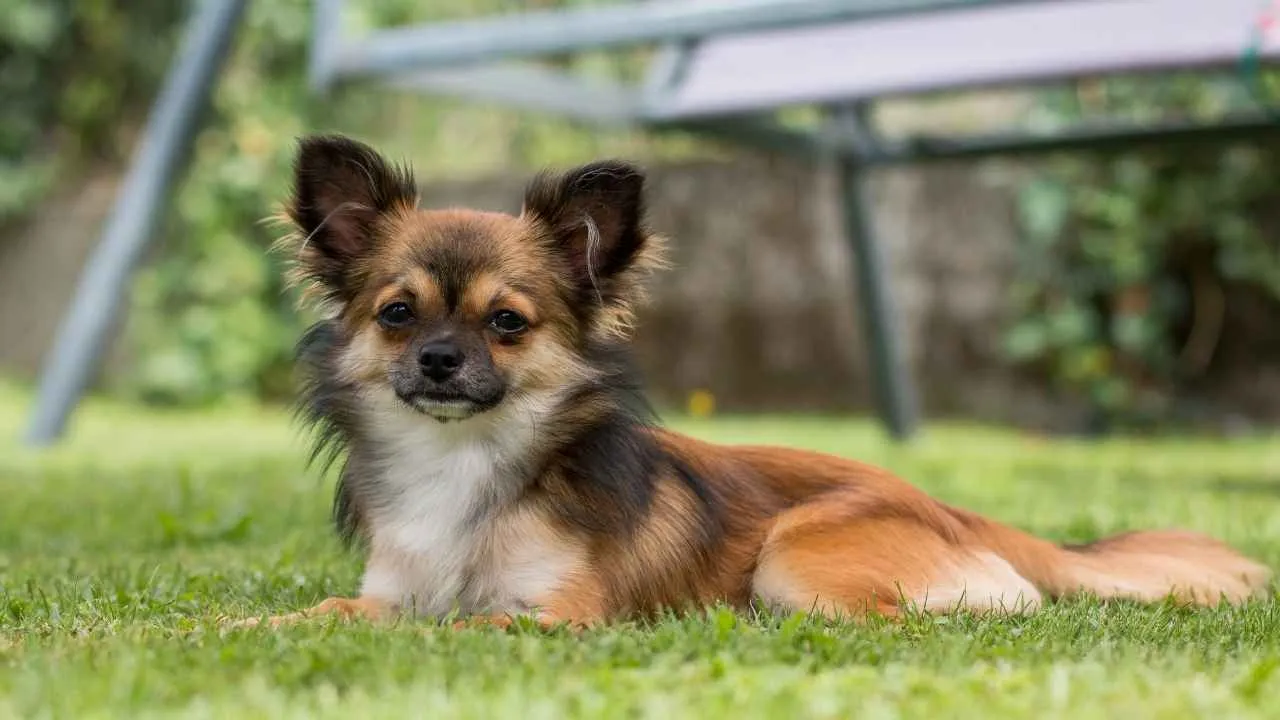
Chihuahuas are among the lightest domestic breeds, rarely placing stress on their bones or joints. Their compact build supports easy movement in small spaces. This body structure contributes to lower wear over time with minimal physical strain.
Stamina in a Tiny Frame
Though tiny, they remain alert and agile well into their later years. Daily bursts of energy and mental activity help maintain physical rhythm. Their size doesn’t compromise endurance, especially in controlled indoor environments.
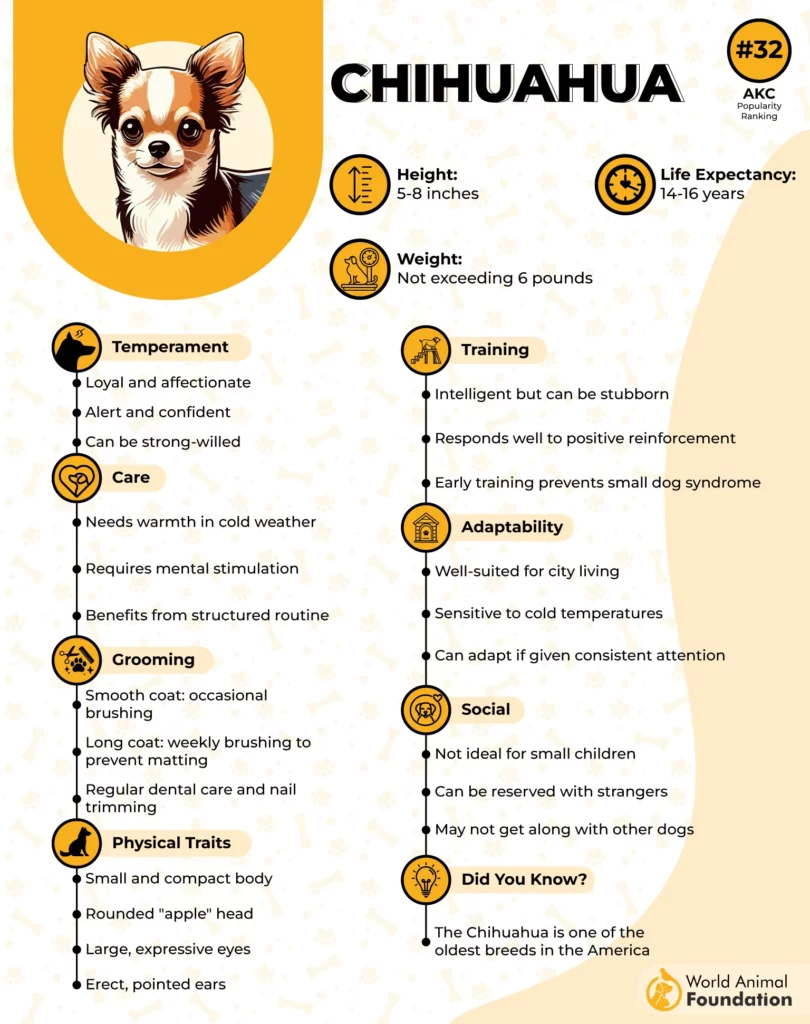
Favorable Longevity Pattern
It’s common for this breed to remain active into its mid to late teens with consistent care. That long lifespan is often credited to their slow aging process and minimal exposure to intense physical demands. Their wellness curve tends to be gradual.
Low Impact on Daily Upkeep
Among small dogs, Chihuahuas stand out for their simplicity in grooming and feeding routines. They thrive on a steady, quiet lifestyle that doesn’t require constant adjustment. Owners often find their routines easy to manage over time.
Conclusion
When it comes to long-term wellness, choosing the right companion can make all the difference. Some of the healthiest dog breeds were originally bred for stamina, clarity of purpose, and physical balance.
From athletic hunting dogs like the German Shorthaired Pointer to small breeds like the Chihuahua, these dogs thrive when matched with steady routines and mindful care. Whether you’re drawn to playful dogs or calm companions, many of the generally healthy dogs in this list share one thing in common: they face few health issues across their lifespan.
If you’re looking for active dogs that stay sharp and strong over time, the breeds here offer a lasting bond with fewer medical surprises. For anyone hoping to enjoy more years with less worry, this guide offers reliable choices, whether you’re exploring a dog breed native to your region or something entirely new.


